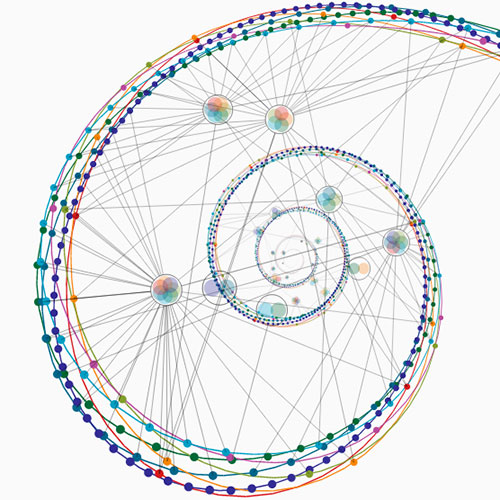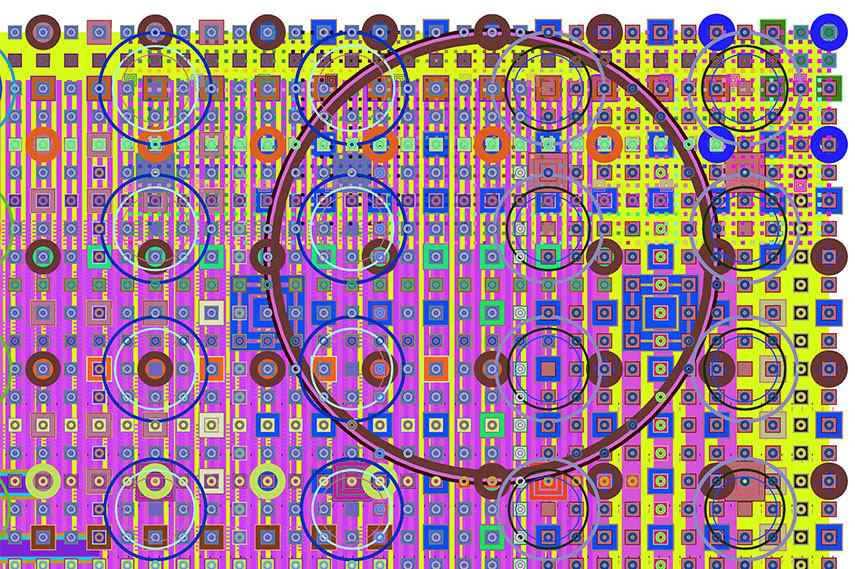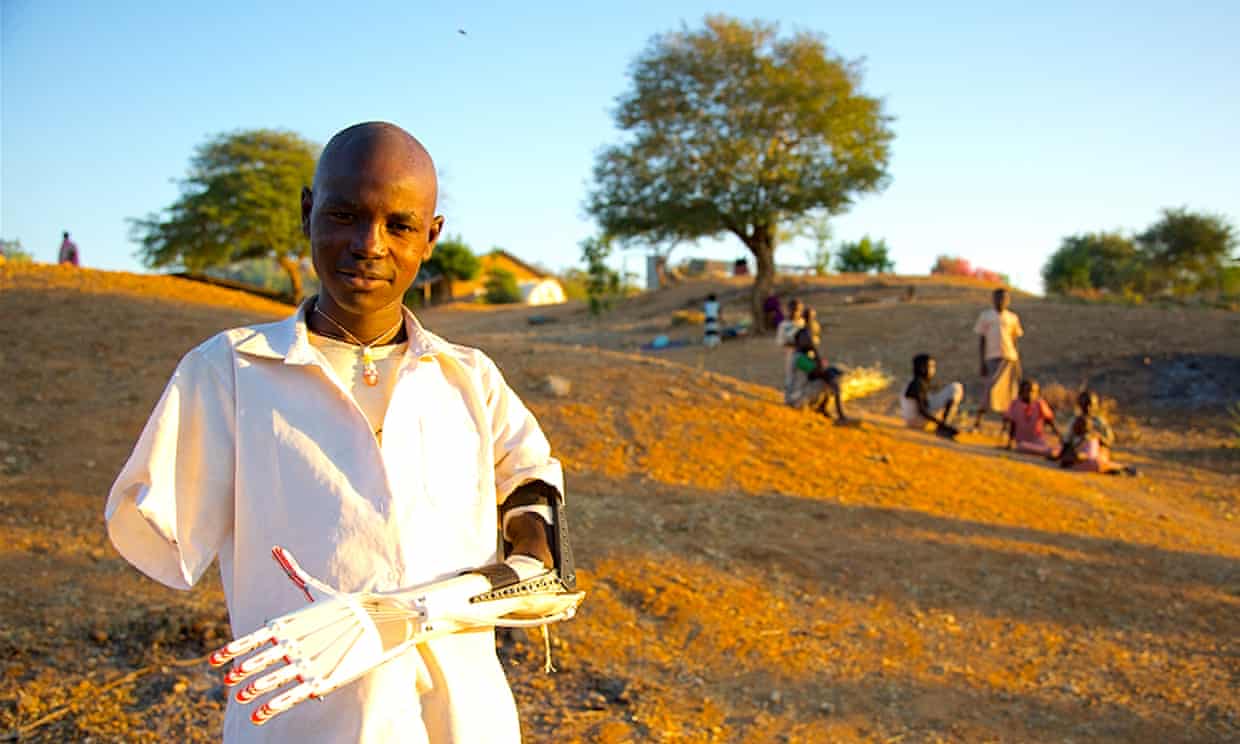dnam-Project-03-Dynamic-Drawing
// Doo Won Nam
// 15-104 :: 1 Section B
// dnam@andrew.cmu.edu
// Project-03-Dynamic-Drawing
//basic start - setting the canvas and setting a frame rate to avoid
//too many flickers
//setting the variables for Height so it can change
var rectHeight = 20;
//setting the variable angle to rotate the rectangle
var angle = 0;
function setup() {
createCanvas(640, 480);
}
//start with a background that changes color based on the position of the mouse
function draw() {
background(mouseX - 50, mouseY - 20, mouseX + 100);
//making flowers (left and right) that also change color based on the
//position of the mouse, left changes depending on how the mouse is located
//and right one changes depending on left/right movement of the mouse
//the mouse movement gives the two flowers contrary shades
//I make sure to reset the translate at the end of each 'set'
push();
translate(120, 200);
fill(mouseY, mouseY, mouseY);
noStroke();
for (var i = 0; i < 10; i ++) {
ellipse(0, 30, 40, 100);
rotate(PI/5);
}
pop();
push();
translate(500, 200);
fill(mouseX, mouseX, mouseX);
noStroke();
for (var i = 0; i < 10; i ++) {
ellipse(0, 30, 40, 100);
rotate(PI/5);
}
pop();
//making a rectangle between two flowers that change colors when the
//the mouse is right on top of the rectangle
if ((mouseX > 210) & (mouseX < 410) &&
(mouseY > 300) && (mouseY < 300 + rectHeight)) {
fill(0);
} else {
fill(100, 200, 400, 60);
}
noStroke();
rect(210, 300, 200, rectHeight);
//if mouse is on the left, the rectangle increases towards an upward direction
//if mouse is on the right, the rectangle gets bigger in height downwards
//using a boolean and the middle of the canvas (for X), I am able to
//increase the size depending on the position of the mouse
if (mouseX > 320) {
rectHeight += 20; }
else {
rectHeight -= 20;
}
//these two ifs are to ensure the rectangle resets instead of going way below
//or above the canvas size
if (rectHeight > 480) {
rectHeight = 0;
}
if (rectHeight < -480) {
rectHeight = 0;
}
//rectangle that does not fully follow the movement of the mouse, but slowly
//rotate around the mouse. Moving the mouse will affect it's angle, speed, and
//position.
push();
translate(mouseX, mouseY);
rectMode(CENTER);
rotate(radians(angle));
rect(mouseX, mouseY, 20, 20);
pop();
angle = angle + .1;
//speeds up / changes angle when mouse is over 200 in the x axis.
if (mouseX > 200) {
angle = angle + 1;
}
}
Making an interactive, dynamic drawing was very difficult for me. One of the aspects that I struggled with the most would be making sure the artwork would change as my mouse moves. I was not sure what to draw with the program, so I decided to create something that resembles a face (as we made faces the last two projects, making a face felt natural). By following the guidelines, I used bright colours to decorate the piece.
![[OLD FALL 2017] 15-104 • Introduction to Computing for Creative Practice](../../../../wp-content/uploads/2020/08/stop-banner.png)





